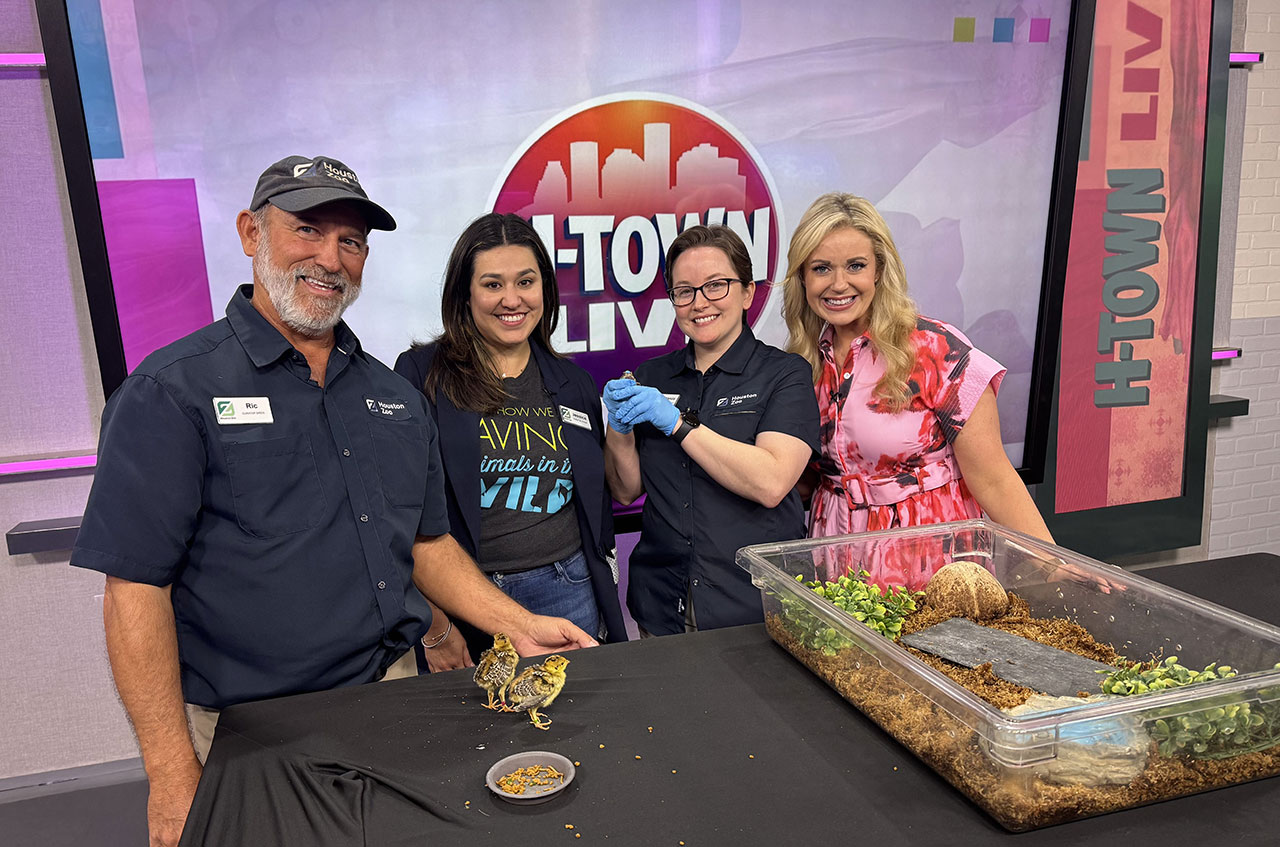Summary of Saving Endangered Species in Texas:
Visiting the Houston Zoo aids in wildlife conservation, supporting endangered species like the Attwater’s prairie chicken and Houston toad. These species, native to Texas, are part of behind-the-scenes recovery programs. The Zoo has made significant efforts, releasing 58 prairie chickens and over 1.8 million Houston toad eggs, tadpoles, and toadlets back into the wild in 2024. Recent collaborations and contributions to public awareness highlight these conservation efforts.
- The role of Houston Zoo in saving endangered species like Attwater’s prairie chicken and Houston toad.
- Details of the Attwater’s prairie chicken recovery program and its success.
- Efforts in breeding and reintroducing the Houston toad into its natural habitat.
- Importance of public support and awareness in conservation efforts.
- Broader implications of successful species recovery programs for biodiversity in Texas.
Texas is home to a rich tapestry of wildlife, but the specter of endangerment looms over some of its native species. The Houston Zoo stands at the forefront of efforts to save these creatures, such as the Attwater’s prairie chicken and the Houston toad, from disappearing. By exploring the zoo’s initiatives, we gain insight into the vital work being conducted behind the scenes to preserve these species and understand how public engagement is indispensable in these efforts.
The Attwater’s prairie chicken (APC) was once a thriving species across Texas’s coastal prairies. However, habitat loss and other environmental pressures have pushed it to the brink of extinction. Since 1994, the Houston Zoo has played a pivotal role in the APC’s recovery program. Their scientific approach, combining captive breeding and strategic releases, aims to stabilize and increase wild populations. In 2024, the zoo successfully released 58 APCs back into their native habitat. This effort requires meticulous planning, from ensuring genetic diversity in breeding programs to selecting and preparing release sites. Research and monitoring of these birds post-release provide valuable data for refining future strategies.
Concurrently, the Houston toad faces its battle for survival. Native to Texas, this amphibian’s numbers have been drastically affected by drought and habitat fragmentation. The zoo’s breeding program is crucial in this species’ conservation. By maintaining a controlled environment, the Houston Zoo has succeeded in breeding and releasing a considerable number of Houston toads back into the wild. In 2024 alone, the zoo released 1,865,700 eggs, 4,300 tadpoles, and 430 toadlets. These efforts signify the importance of scientific breeding techniques and the development of protocols that maximize reproductive success and survival rates.
Successful conservation doesn’t happen in isolation. These programs thrive due to a combination of scientific expertise, dedicated staff, and public involvement. Every visitor to the Houston Zoo contributes to these initiatives. By fostering a connection between people and wildlife, the zoo raises awareness and garners support for ongoing conservation efforts. Public education and outreach are crucial, as they motivate community involvement in habitat preservation and broader environmental stewardship.
The importance of these programs extends beyond individual species. The recovery of species like the Attwater’s prairie chicken and Houston toad plays a critical role in maintaining biodiversity and ecological balance within Texas’s ecosystems. It demonstrates that with concerted efforts and public support, reversing the trend of endangerment is possible. Thus, the work being done at the Houston Zoo is not just about saving individual species but is integral to preserving the ecological heritage of Texas for future generations.
Recognizing and supporting these endeavors is vital. As we continue to face environmental challenges, the lessons learned and the successes achieved through such programs become invaluable resources in the global fight to protect biodiversity. By engaging with and supporting conservation activities, we become active participants in this mission to safeguard our planet’s wildlife.

